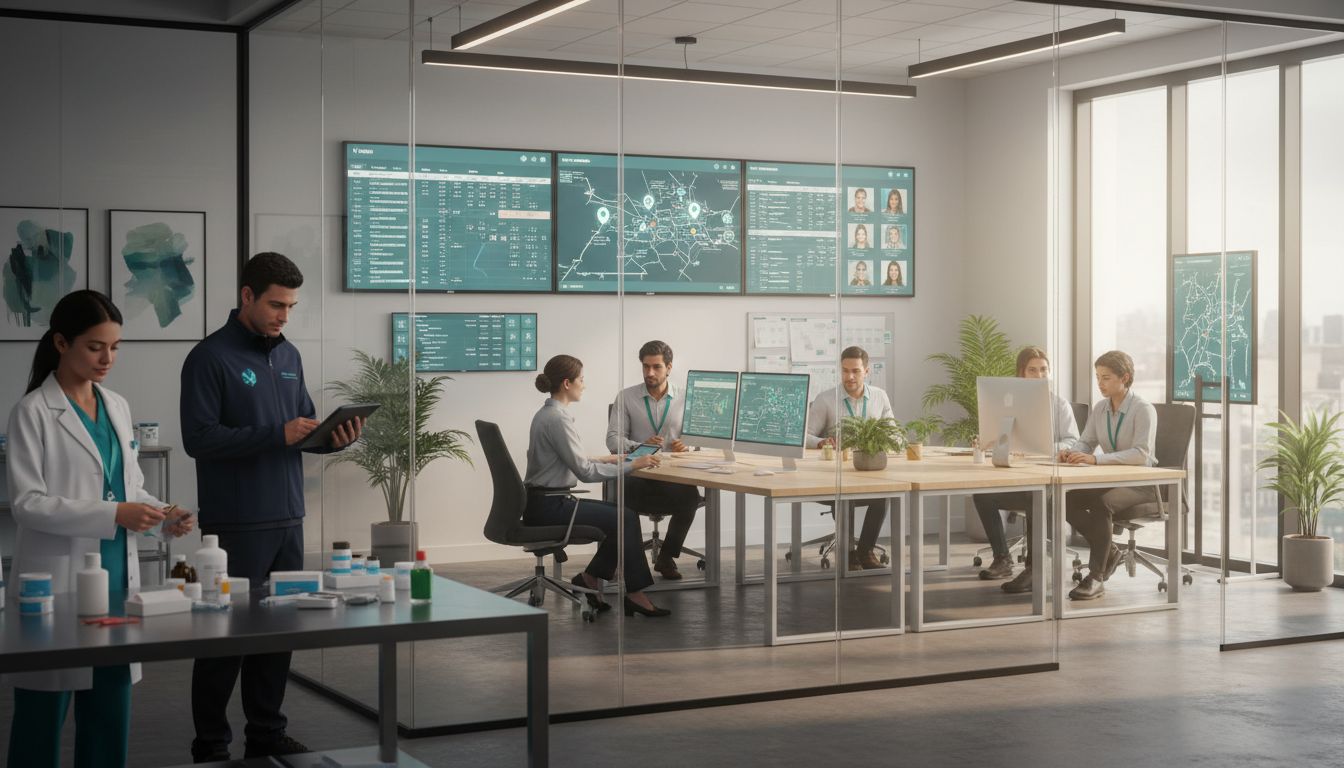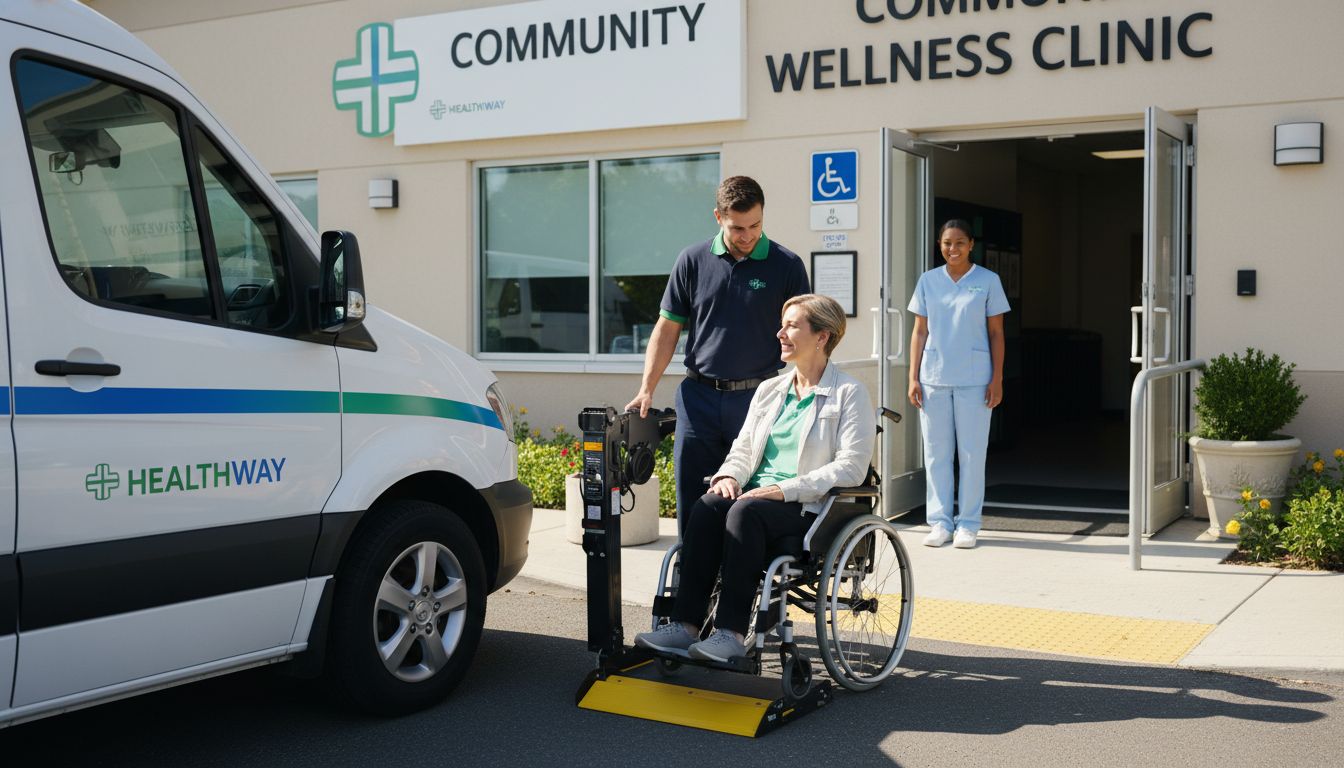Improving Patient Experience: Strategies for US Healthcare Providers 2025
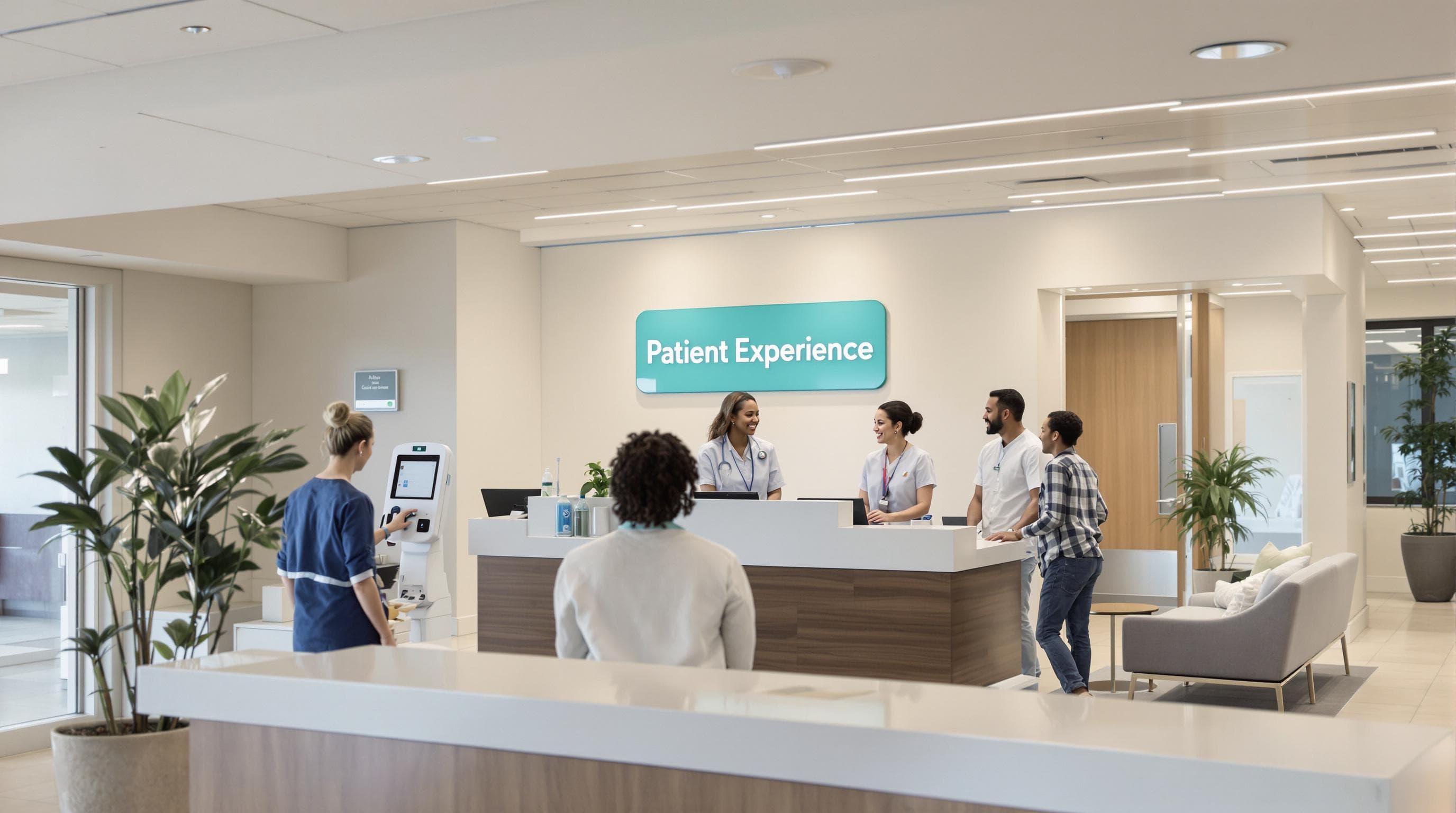
Patient experience is shaping the future of healthcare across the United States as hospitals and clinics compete to deliver better outcomes and build lasting trust. Studies show that 27% of patients will actually switch providers if they encounter scheduling difficulties. That might sound like scheduling is the big disruptor here, but that is just scratching the surface. Because the real shift is happening where technology and human connection meet, and that is where providers can stand out by building a culture that goes far beyond what any app or portal alone can offer.
Table of Contents
- Understanding Patient Experience In Modern Healthcare
- Key Strategies For Improving Patient Experience
- Leveraging Technology And Feedback Systems
- Building A Patient-Centered Culture Across Services
Quick Summary
| Takeaway | Explanation |
|---|---|
| Multidimensional Patient Experience | Patient experience encompasses various aspects including communication quality, staff responsiveness, and emotional support, necessitating a holistic approach to improvement. |
| Strategic Use of Technology | Leveraging AI and predictive analytics can personalize care, streamline patient interactions, and enhance communication by predicting health risks and facilitating real-time feedback. |
| Cultural Competence | Ensuring cultural competence involves training staff and developing strategies that respect diverse patient backgrounds, improving trust and communication. |
| Feedback Integration | Effective patient feedback systems using multiple channels can capture real-time sentiments, guiding organizations in making informed changes and adaptations. |
| Leadership Commitment to Patient-Centric Culture | Organizational leadership must prioritize patient experience through clear values and performance metrics that reward empathetic and communicative practices, embedding patient-centricity into operational processes. |
Understanding Patient Experience in Modern Healthcare
Healthcare is fundamentally about human connection and healing. Patient experience represents the comprehensive interaction between healthcare providers and patients that extends far beyond medical treatment. It encompasses every touchpoint of a patient’s journey through the healthcare system.
The Multidimensional Nature of Patient Experience
Patient experience is not a singular concept but a complex ecosystem of interactions, perceptions, and emotional responses. The Journal of Patient Experience defines it as a multidimensional framework involving personal interactions, organizational culture, and patient perceptions. This holistic approach recognizes that improving patient experience requires addressing both clinical and emotional aspects of care.
Key dimensions include communication quality, staff responsiveness, physical comfort, emotional support, and accessibility of healthcare services. Patients evaluate their experience through multiple lenses: how well providers listen, explain medical conditions, demonstrate empathy, and respect individual preferences and values.

Measuring and Transforming Patient Interactions
The Agency for Healthcare Research and Quality emphasizes that patient experience goes beyond satisfaction surveys. It represents a comprehensive assessment of healthcare interactions that directly impact patient outcomes, treatment adherence, and overall health management. Modern healthcare providers are increasingly adopting advanced methodologies to capture nuanced patient feedback.
Technological innovations now enable real time tracking of patient sentiments, allowing healthcare systems to identify improvement opportunities rapidly. Artificial intelligence and data analytics tools can process patient feedback, helping organizations develop targeted strategies for enhancing care delivery.
Strategic Importance of Patient Experience
Understanding patient experience is not merely an administrative task but a critical strategic priority. Research from the UCSF Philip R. Lee Institute for Health Policy Studies highlights that patient experience directly correlates with clinical outcomes, patient trust, and healthcare system reputation.
Healthcare organizations that prioritize patient experience see significant benefits: improved patient retention, higher treatment compliance, reduced medical errors, and enhanced overall healthcare quality. By creating patient-centric environments that respect individual needs and preferences, providers can transform healthcare delivery from a transactional model to a truly compassionate, personalized experience.
The future of healthcare lies in understanding that every interaction matters, every patient story is unique, and the quality of human connection is as crucial as medical expertise.
Key Strategies for Improving Patient Experience
Healthcare providers are continuously seeking innovative approaches to enhance patient experience and deliver more personalized, efficient care. The modern healthcare landscape demands a comprehensive strategy that addresses multiple dimensions of patient interaction and satisfaction.
Leveraging Technology for Personalized Care
The American Hospital Association highlights the transformative potential of artificial intelligence in healthcare. Predictive analytics and AI-powered tools are revolutionizing patient care by enabling more personalized treatment plans and proactive health interventions. For example, advanced systems can now predict potential health risks, allowing healthcare providers to create tailored care strategies that address individual patient needs before they become critical.
Digital technologies also play a crucial role in improving patient communication. Mobile applications, patient portals, and telehealth platforms provide patients with unprecedented access to their health information, appointment scheduling, and direct communication with healthcare providers. These technological solutions reduce administrative barriers and empower patients to take a more active role in their healthcare journey.
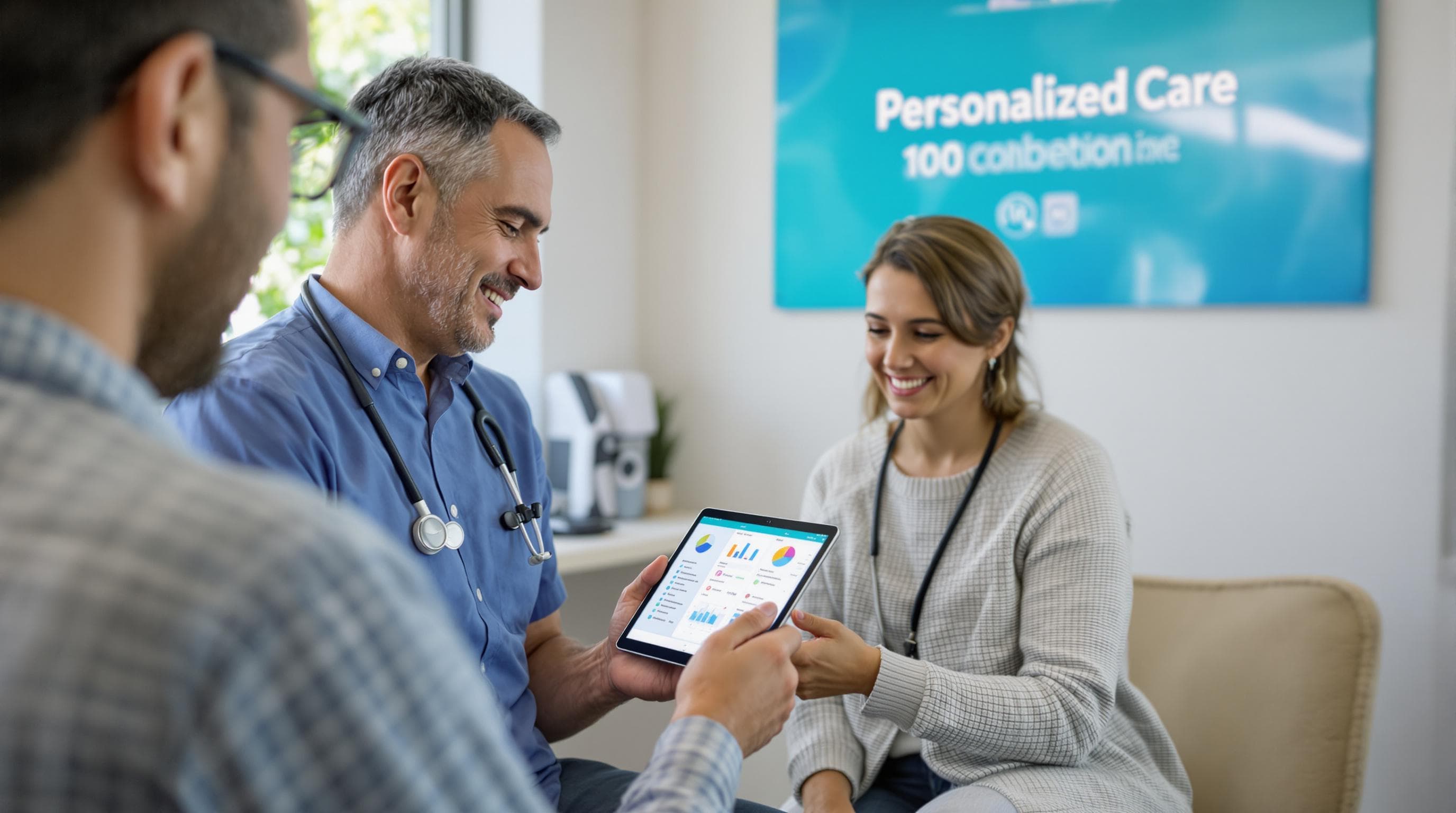
Enhancing Access and Scheduling Efficiency
McKinsey & Company emphasizes the critical importance of improving timely access to care. Their research reveals that 27% of patients who experience scheduling difficulties will seek care from alternative providers. Healthcare systems must invest in dynamic scheduling solutions that reduce wait times and provide flexible access options.
To clarify the main strategies for improving access and scheduling efficiency, the table below summarizes key solutions and their benefits as discussed in the text.
| Strategy | Description | Key Benefit |
|---|---|---|
| Virtual consultation options | Enables remote, convenient healthcare interactions | Greater flexibility, timely access |
| Walk-in clinic availability | Accommodates urgent and flexible patient needs | Immediate care for urgent issues |
| 24/7 digital scheduling platforms | Allows patients to book appointments anytime | Reduced scheduling barriers |
| Intelligent capacity management | Optimizes provider availability and appointment allocation | Shorter wait times, optimized resources |
Strategies for improving access include implementing:
- Virtual consultation options that provide convenient healthcare interactions
- Walk-in clinic availability to accommodate urgent and flexible patient needs
- 24/7 digital scheduling platforms that allow patients to book appointments at their convenience
- Intelligent capacity management to optimize provider availability and reduce patient wait times
Cultural Competence and Inclusive Care
The Agency for Healthcare Research and Quality underscores the significance of cultural competence in delivering high-quality healthcare. Providers must develop strategies that respect and respond to diverse cultural health beliefs, practices, and communication styles. This approach goes beyond language translation, focusing on creating an inclusive environment that makes every patient feel valued and understood.
Cultural competence involves comprehensive staff training, developing multilingual resources, understanding diverse health perspectives, and creating an organizational culture that celebrates diversity. By recognizing and addressing cultural nuances, healthcare providers can build trust, improve patient communication, and ultimately enhance overall patient experience.
The future of patient experience lies in a holistic approach that combines technological innovation, efficient access, and deeply empathetic, culturally sensitive care. Healthcare providers who successfully integrate these strategies will not only improve patient satisfaction but also drive better health outcomes and organizational success.
Leveraging Technology and Feedback Systems
Technology has become a critical enabler in transforming patient feedback collection and analysis, providing healthcare providers with unprecedented insights into patient experiences and opportunities for improvement. Modern healthcare organizations are increasingly adopting sophisticated digital tools to capture, understand, and act on patient perspectives.
Advanced Feedback Collection Strategies
The Journal of Patient Experience highlights innovative approaches to patient feedback, exemplified by Northwestern Medicine’s ‘Short, Modern, Smart’ feedback program. This approach demonstrates how strategic survey design and technological integration can dramatically enhance patient engagement and insights. The key is developing feedback mechanisms that are concise, accessible, and genuinely responsive to patient needs.
Modern feedback systems leverage multiple channels including mobile applications, web portals, SMS surveys, and integrated electronic health record feedback tools. These platforms enable real time data collection, allowing healthcare providers to capture patient sentiments immediately after interactions. By reducing survey complexity and increasing accessibility, organizations can achieve higher response rates and more authentic feedback.
The following table summarizes the main channels and features of modern feedback collection systems as mentioned in the article.
| Feedback Channel | Features | Advantage |
|---|---|---|
| Mobile applications | Quick, real-time feedback, easy access | High engagement, immediate response |
| Web portals | Accessible from computers and tablets | Broad accessibility |
| SMS surveys | Convenient, short surveys | Increased response rate |
| EHR-integrated feedback tools | Directly linked to medical records | Context-rich, actionable insights |
AI-Powered Insight Generation
The American Hospital Association emphasizes the transformative potential of artificial intelligence in analyzing patient feedback. AI technologies can process vast amounts of unstructured data, identifying nuanced patterns and sentiment trends that traditional analysis methods might miss. These advanced analytics enable healthcare providers to move beyond surface level feedback and develop deep, actionable insights.
Key capabilities of AI-driven feedback systems include:
- Sentiment analysis to understand emotional nuances in patient responses
- Predictive modeling to anticipate potential patient experience challenges
- Automated trend identification across large datasets
- Real time recommendations for service improvements
Proactive Digital Engagement
The World Economic Forum underscores the importance of proactive digital engagement in modern healthcare. Beyond collecting feedback, advanced technology platforms now enable continuous patient communication, personalized health monitoring, and preventative care interventions.
Digital engagement strategies include developing patient portals that provide transparent communication, implementing telehealth platforms for remote consultations, and creating personalized health tracking tools. These technologies not only collect feedback but actively involve patients in their healthcare journey, transforming the traditional patient-provider relationship into a collaborative partnership.
The future of patient experience lies in creating intelligent, responsive feedback ecosystems that continuously learn, adapt, and improve. By embracing technological innovations, healthcare providers can develop more empathetic, efficient, and patient-centered care models that respond dynamically to individual needs and preferences.
Building a Patient-Centered Culture Across Services
Creating a patient-centered culture requires more than superficial changes. It demands a comprehensive transformation of organizational mindset, operational processes, and individual behaviors across all healthcare services. This holistic approach ensures that patient needs and experiences remain at the core of every interaction and decision.
Organizational Leadership and Value Alignment
The Virginia Mason Institute emphasizes that building a patient-centered culture begins with unwavering leadership commitment. Healthcare organizations must establish clear, actionable values that prioritize patient experience and consistently communicate these principles throughout the entire organizational ecosystem.
Effective leadership involves developing comprehensive strategies that translate patient-centric values into daily operational practices. This includes creating performance metrics that reward empathy, communication, and patient satisfaction, not just clinical outcomes. Leaders must model these behaviors, demonstrating a genuine commitment to patient-centered care through their actions, decisions, and interactions.
Cultural Competence and Inclusive Communication
The Agency for Healthcare Research and Quality highlights the critical importance of cultural competence in delivering truly patient-centered services. Healthcare providers must develop capabilities that go beyond language translation, focusing on understanding and respecting diverse cultural backgrounds, communication styles, and health beliefs.
Strategies for enhancing cultural competence include:
- Multilingual service offerings to improve accessibility
- Comprehensive staff training on cultural sensitivity
- Diverse recruitment to reflect patient population demographics
- Customized communication approaches that respect individual patient preferences
Continuous Learning and Adaptive Improvement
Building a patient-centered culture requires ongoing education, feedback integration, and organizational adaptability. Healthcare services must create systematic approaches to continuously learn from patient experiences, staff insights, and emerging best practices. This involves developing robust feedback mechanisms, conducting regular training programs, and fostering a culture of continuous improvement.
Key elements of this approach include implementing regular team reflections, creating safe spaces for discussing patient experience challenges, and developing responsive improvement protocols. By treating patient feedback as a valuable organizational asset, healthcare providers can create dynamic, learning-oriented environments that consistently evolve to meet changing patient needs.
The transformation to a truly patient-centered culture is not a destination but an ongoing journey. It requires persistent commitment, genuine empathy, and a willingness to challenge traditional healthcare delivery models. Organizations that successfully embed patient-centricity into their core operational DNA will not only improve patient satisfaction but also achieve superior clinical outcomes and organizational resilience.
Frequently Asked Questions
What is patient experience in healthcare?
Patient experience encompasses the comprehensive interactions between healthcare providers and patients, including aspects such as communication, emotional support, and the quality of care received throughout their healthcare journey.
Why is improving patient experience important for healthcare providers?
Improving patient experience is crucial as it directly correlates with clinical outcomes, patient trust, and overall healthcare system reputation. A positive patient experience can lead to better patient retention, higher treatment compliance, and reduced medical errors.
How can technology enhance patient experience?
Technology enhances patient experience by providing personalized care through tools like AI and predictive analytics, improving communication via patient portals and telehealth, and streamlining administrative processes for better scheduling and access.
What strategies can healthcare providers implement to improve cultural competence?
Healthcare providers can improve cultural competence by offering multilingual services, conducting comprehensive staff training on cultural sensitivity, and developing communication approaches tailored to diverse patient backgrounds.
Ready to Turn Patient Experience Into Real-World Results?
Healthcare leaders across the US know that patient experience is more than a buzzword. From the article, it is clear that scheduling delays, fragmented communication, and access issues still frustrate patients and put retention at risk. What if you could stop losing patients to logistical hurdles and instead deliver the seamless care journey that today’s patients demand?
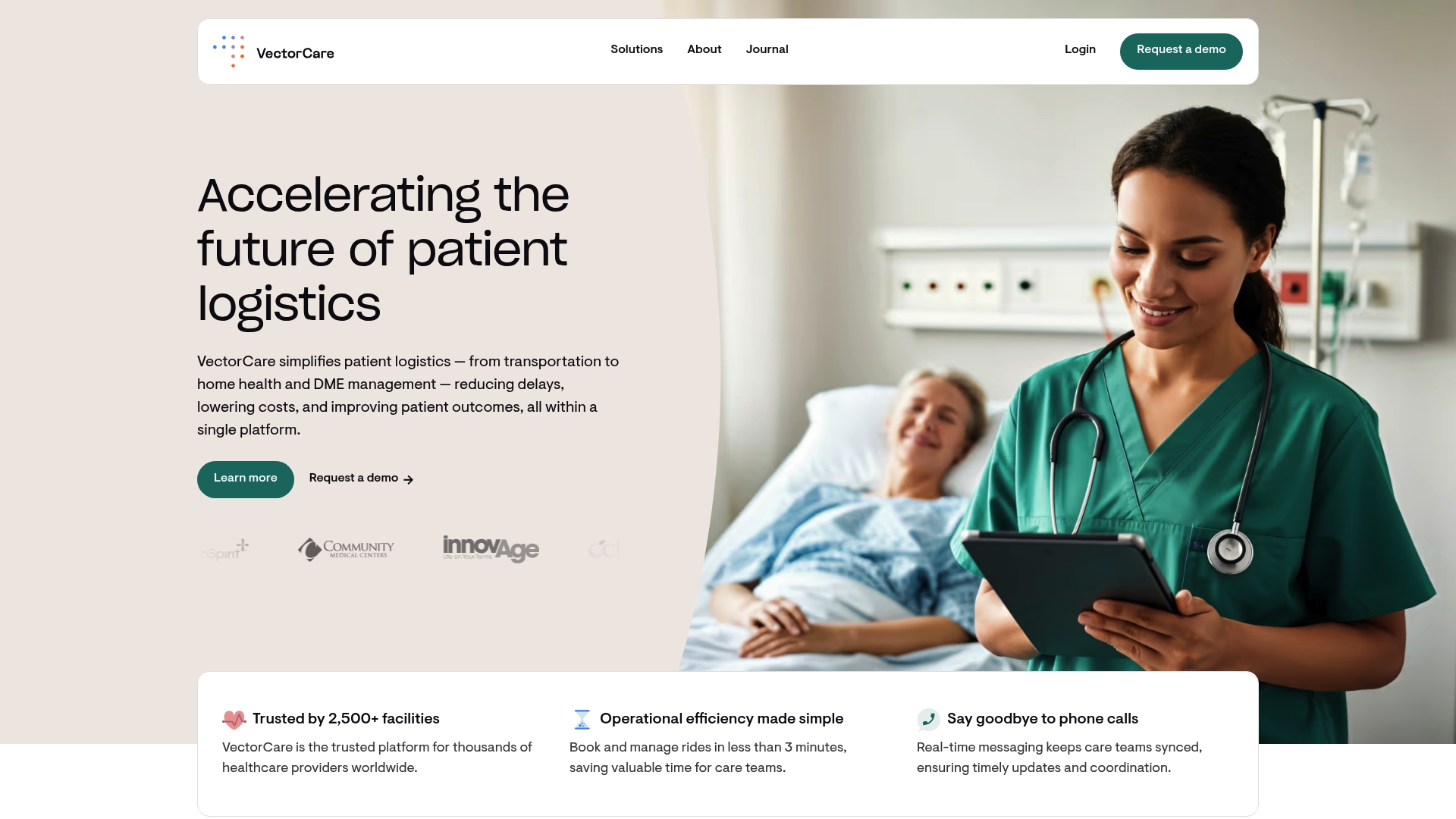
It is time to reimagine patient logistics. With VectorCare, you gain a digital platform built to unify scheduling, streamline transportation, and automate care coordination. See how automation, secure digital communication, and real-time updates replace manual work and prevent costly delays. Discover the proven impact on reducing wait times and operational costs with our integrated patient logistics solution. Visit VectorCare’s main page today and experience how your organization can boost patient satisfaction by delivering the efficiency and transparency every modern patient expects. Act now to close the gap between patient expectations and your service delivery.
